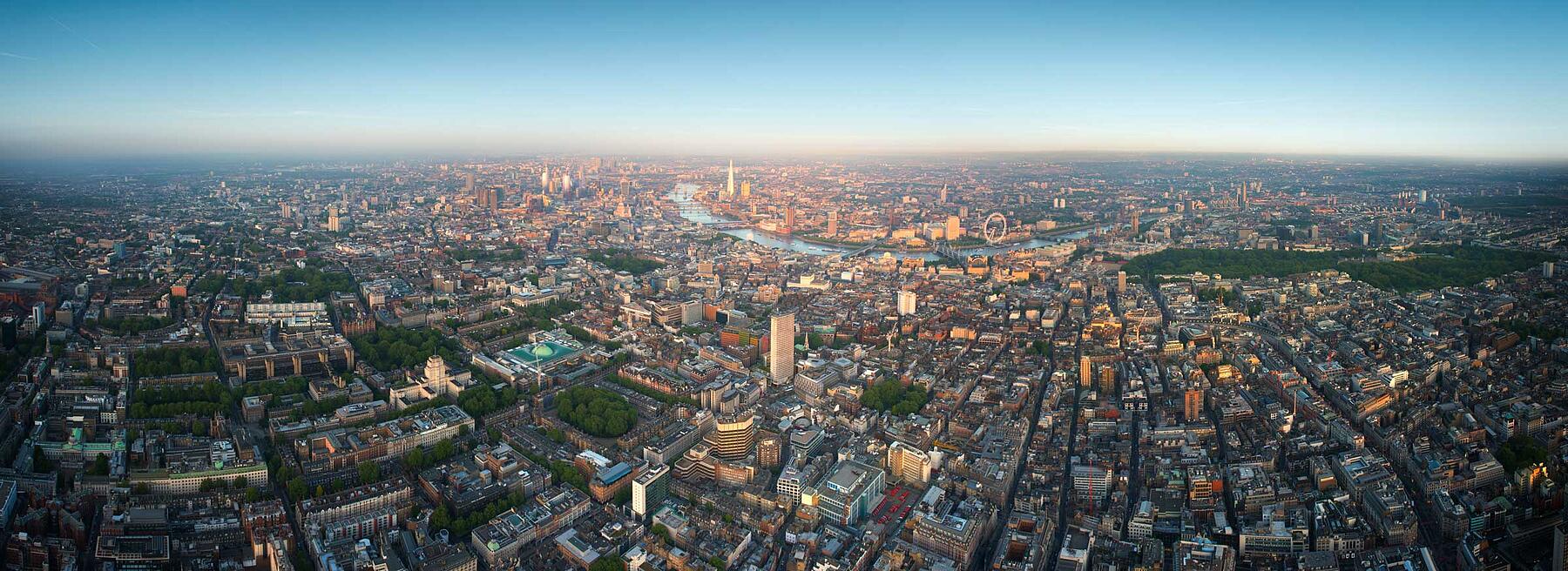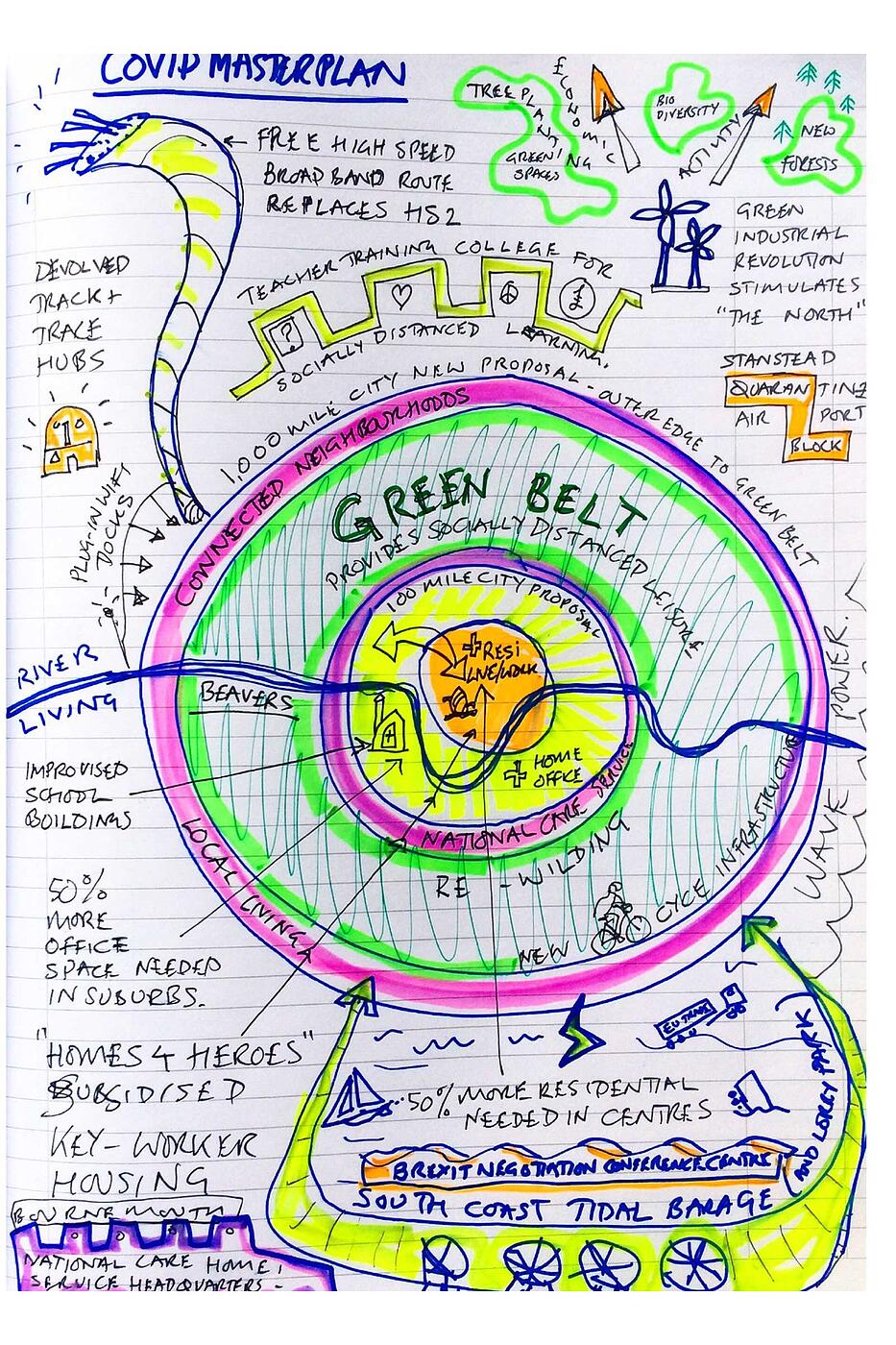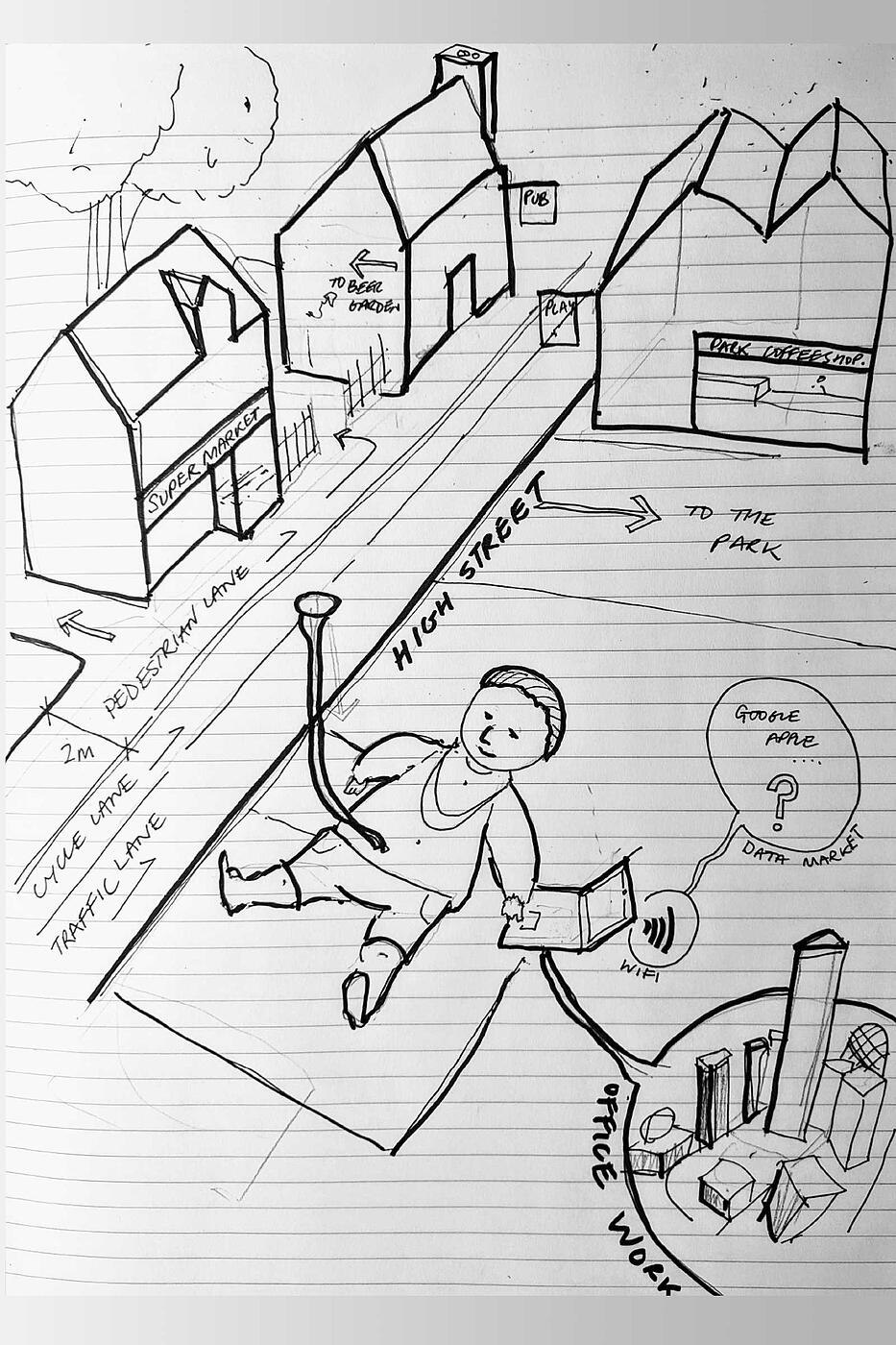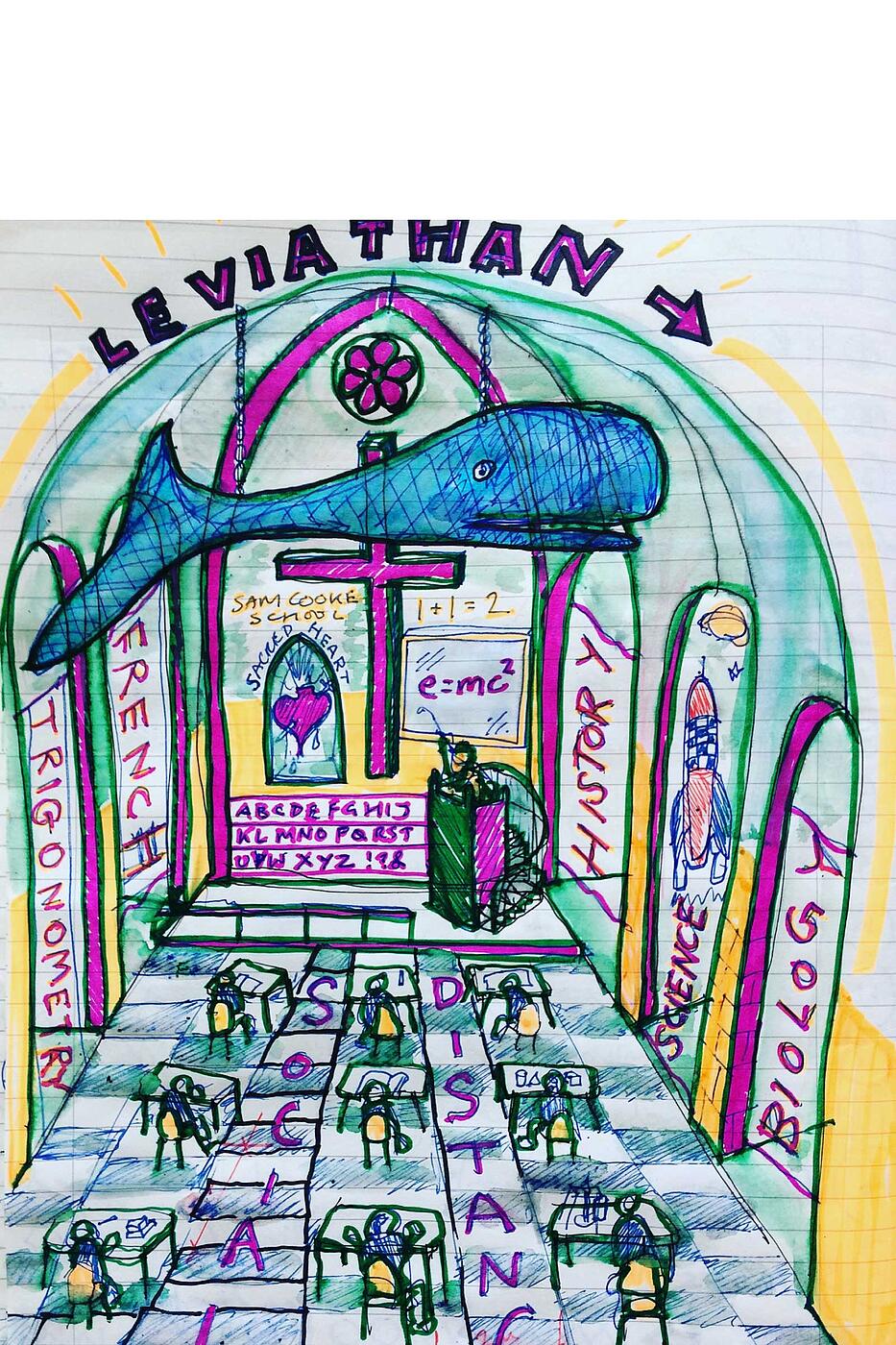De-centre to Re-centre?
De-centre to Re-centre?
Flexing the 21st Century City in Light of Covid:
MICA's commentary on the impact of coronavirus pandemic, and the effect it will have on urban planning and 21st Century city living.
The coronavirus pandemic has been a wake-up call for cities around the world to rethink urban planning. Around 95 percent of people with COVID-19 live in urban areas. This brings into sharp relief some of the fundamental inequalities at the heart of our towns and cities. With the ongoing transmission of the coronavirus, and given our new awareness of the risks of infectious disease, population density has suddenly become less attractive.
On the other hand, it is said that the perhaps unexpected success of remote working has effectively fast forwarded us 15 years into the future in our living and working habits.
In London, this puts our current model of dense compact development under question. This uses improved public transport accessibility to effectively fund higher densities and, vice versa, as a sustainable and vibrant approach to city living and solving the housing crisis. Though even before the pandemic, this was coming at a price, requiring high values that were effectively pricing out many of those who need homes the most. It is now further compounded by the current minimal take up of public transport which means that Transport for London is on its knees financially. The model can’t be funded if numbers are down, and while people are also choosing to leave the city, this may ultimately have an impact on the real demand for his model.
However, before we jump to conclusions about inevitable suburban flight, decentralization, and empty urban cores; effectively returning to the 1970’s, let’s look at what can be done.
The answer may now not lie in densification funding increased public transport access to the same extent. If one thing changes permanently as a result of the pandemic, it may be travel. Many people will never return fully to the office, and the peripheral lower density areas where people chose to stay at or closer to home to work, can clearly benefit from this intensification. Similarly people moving completely out of the city to the country and beyond, while still being linked to a remote inner city office will redefine models on how some businesses serve or are linked to locality, and consequently how this changes the wider urban – regional model.
We don’t know how long it will take for a universally effective vaccine to be widely available to the extent it reduces all concern of infection: it could be five years or more. In the meantime, there are investors sitting on huge quantums of inner city offices; now empty and devaluating assets with reoccupation prospects 50% at best over the next 5 years. Empty shops, bars, restaurants, buildings and streets. If there is a flight to the country and suburbs, then we can’t leave the urban centres dead and empty. In the next five years there is a golden opportunity to rebalance the city centre to create a truly mixed central urban environment. This can be achieved by converting up to 50% of office stock to housing with good space standards, and across all tenures, ready for a return to a healthy new normal, and as part of a wider greening agenda for streets, spaces and buildings. This new urban population will also revitalise inner city retail.
This “re-centering” can work in parallel with intensified suburbs as a result of increased homeworking fostering a greater community spirit, and demand for services and amenity.
In the short term cities may slow down, while becoming cleaner and less crowded, giving the opportunity to reclaim the streets for people, bikes, greenery and sustainable transport. This has already started. In parallel with the repurposing of redundant building stock, the question is whether we can continue to deliver this vision to transform cities and bring about the safer, more accessible, and more resilient cities we’ve needed all along.
There is the opportunity now to begin this transformation, and we should seize it.
We need to start planning for this, and at MICA, we are now reviewing our strategies across all work sectors to test and, as far as we can, future proof to the new emerging urban and regional environment. Having completed extensive London wide modelling for Transport for London, combined with our wider regional work, we are well placed to test the implications and potential scenarios across a full range of settlement patterns and settings. This, combined with our skills in reinterpreting existing buildings and spaces for reuse, will inform our research and ideas from strategy to detail, as we look at a series of settings, not just in the UK, but internationally and including our work in Baton Rouge USA.
As a start we have a come up with a few initial strategies for discussion;
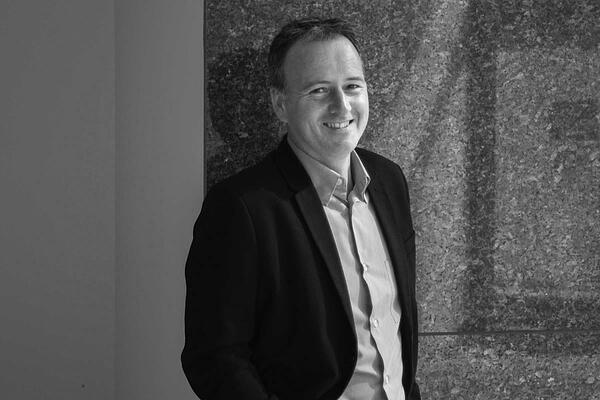
Written by Director Gavin Miller
Gavin has industry leading skills in spatial masterplanning, leading teams across the UK on complex regeneration projects. He has delivered a number of successfully transformed places, through clear strategic and innovative spatial strategies, developed from a rigorous analysis of context, and in a wide range of scales. He views architecture, infrastructure, urban design, the public realm and landscape as an integrated whole.
